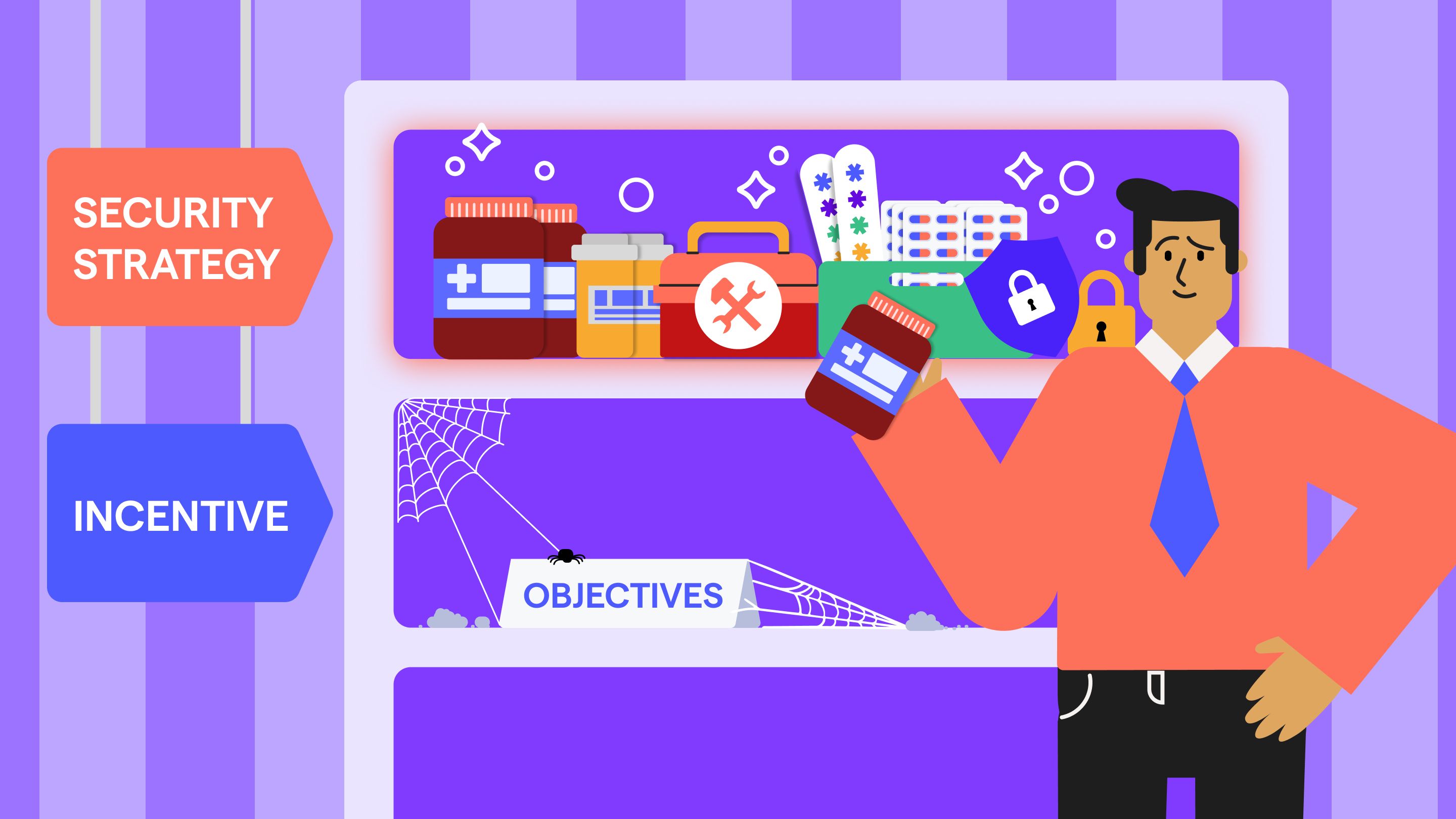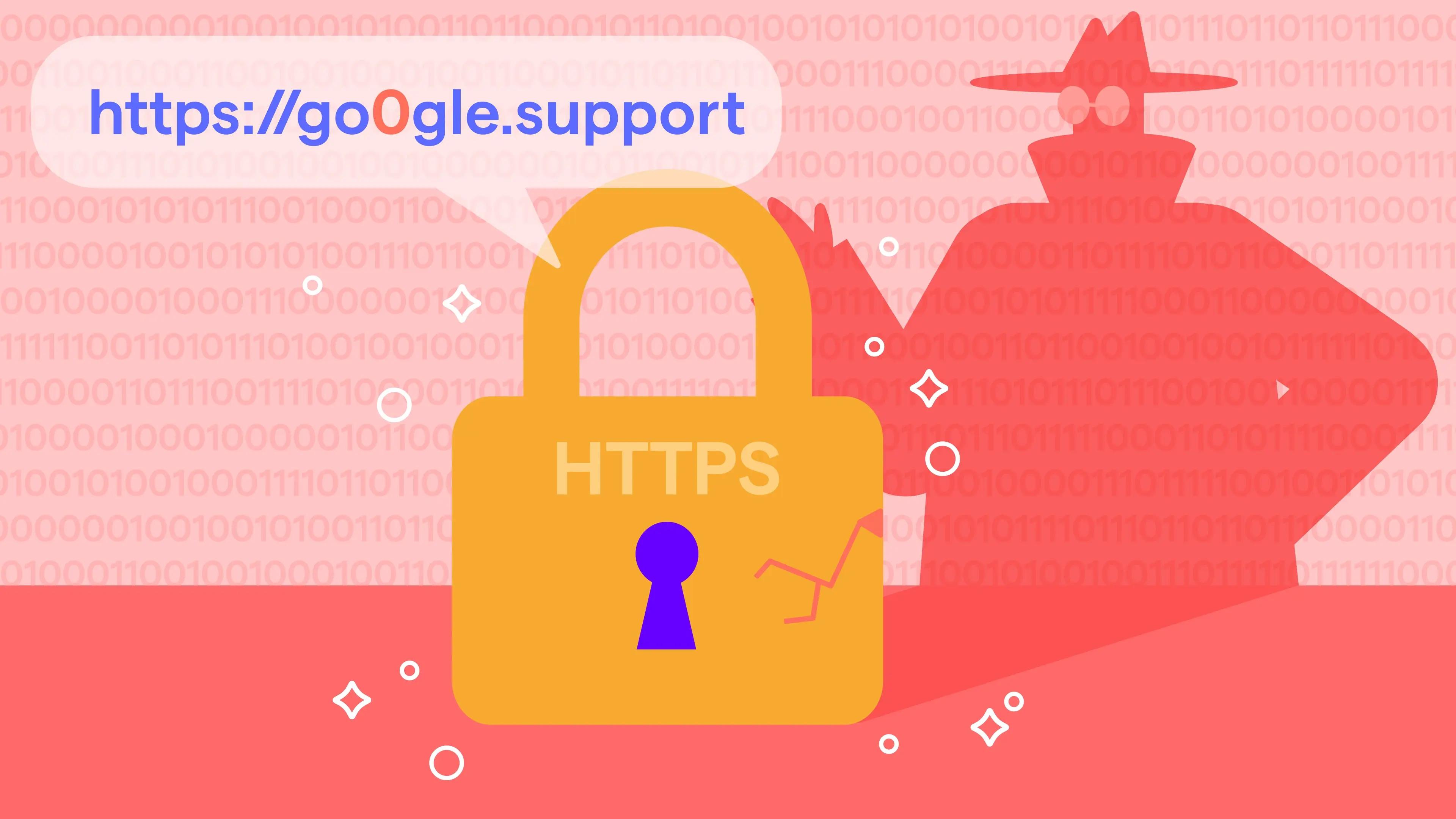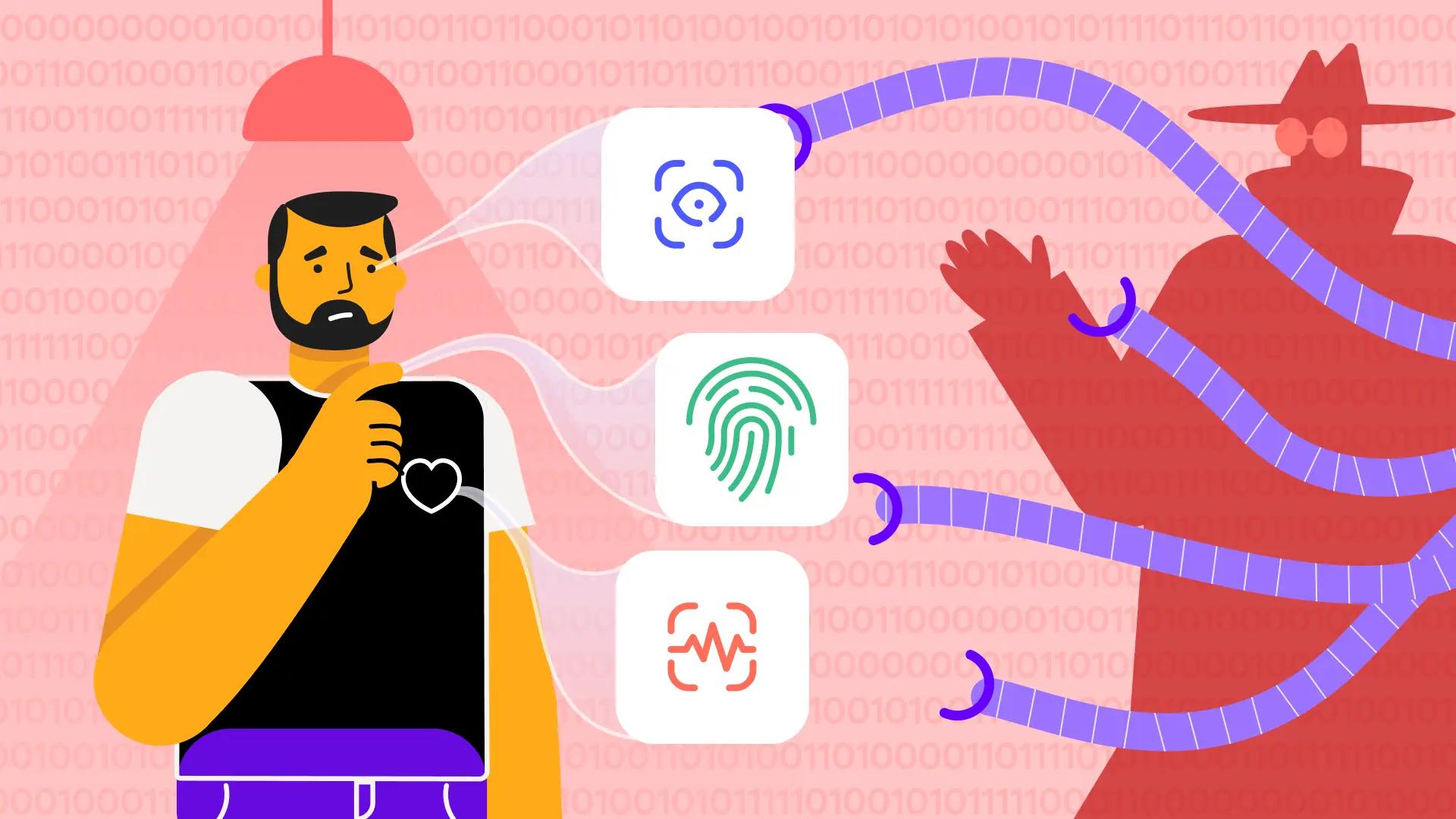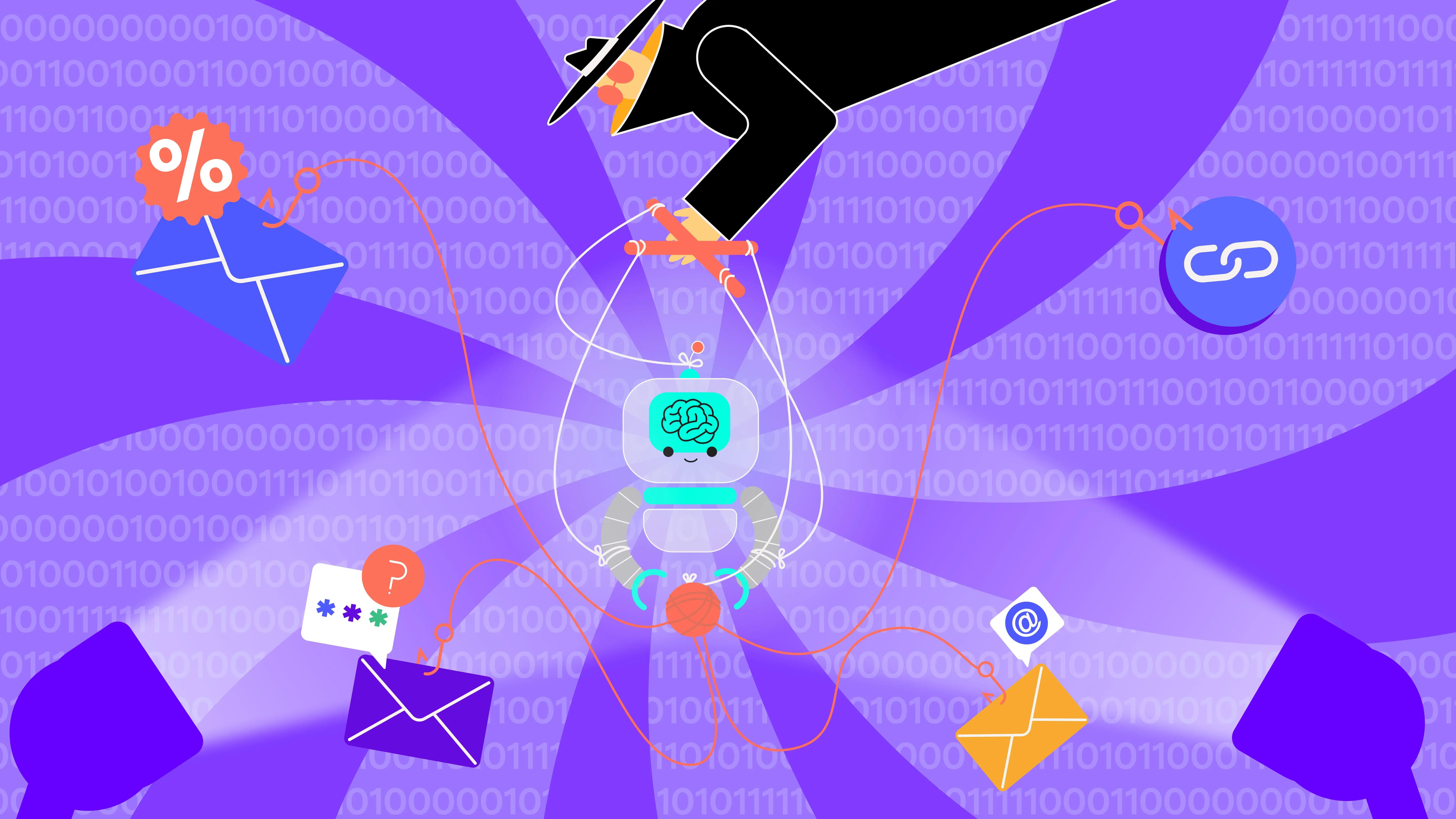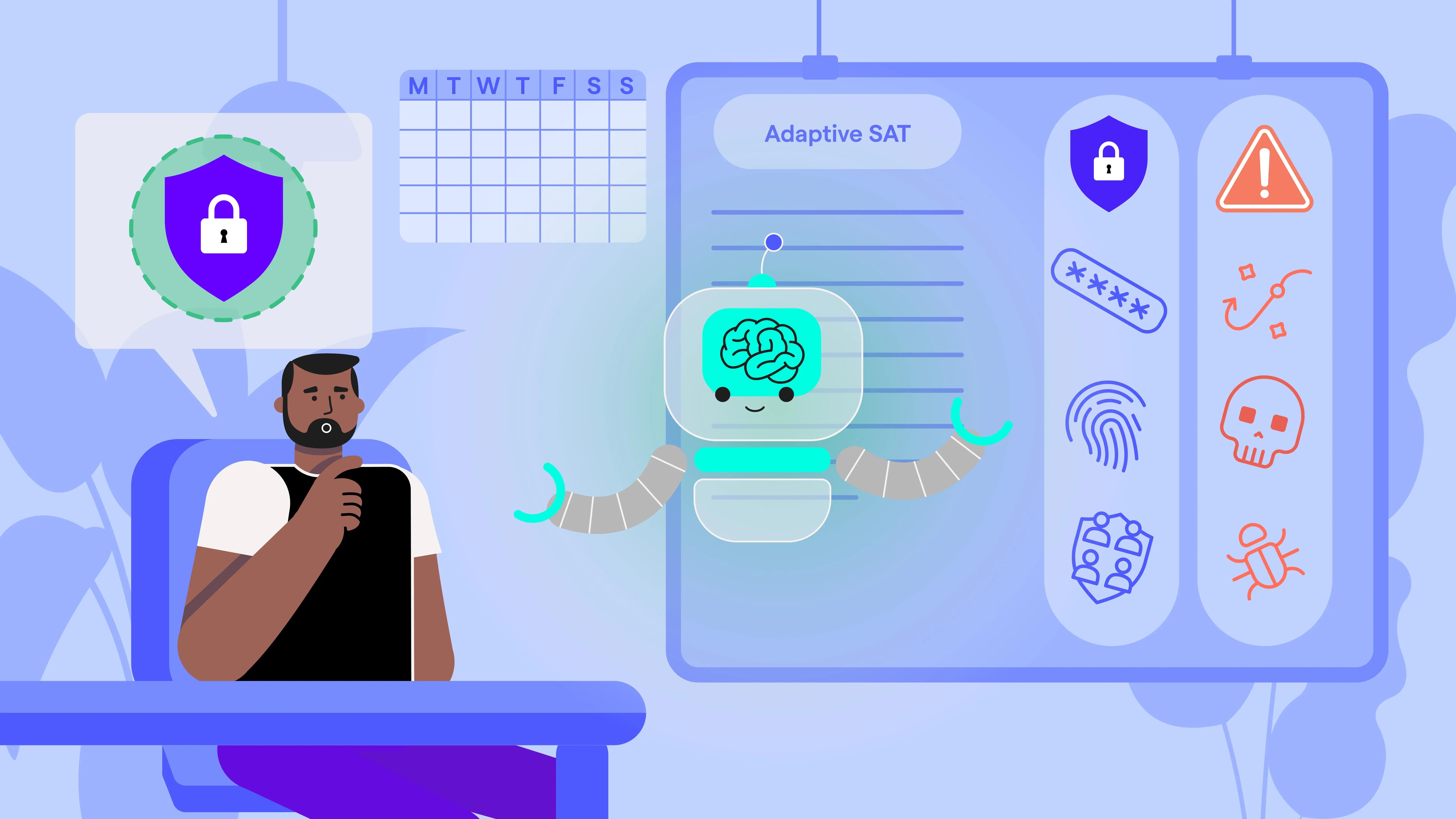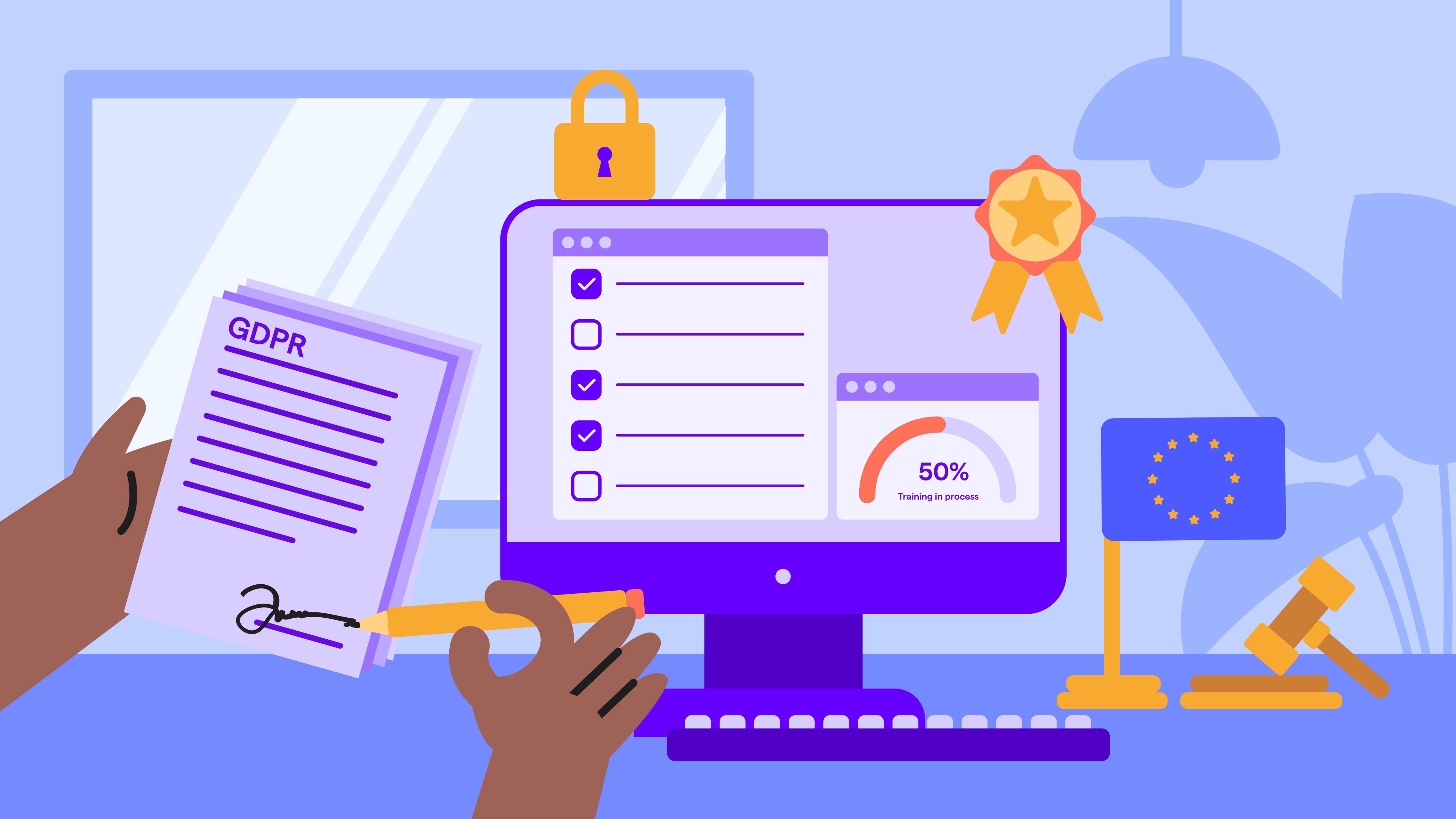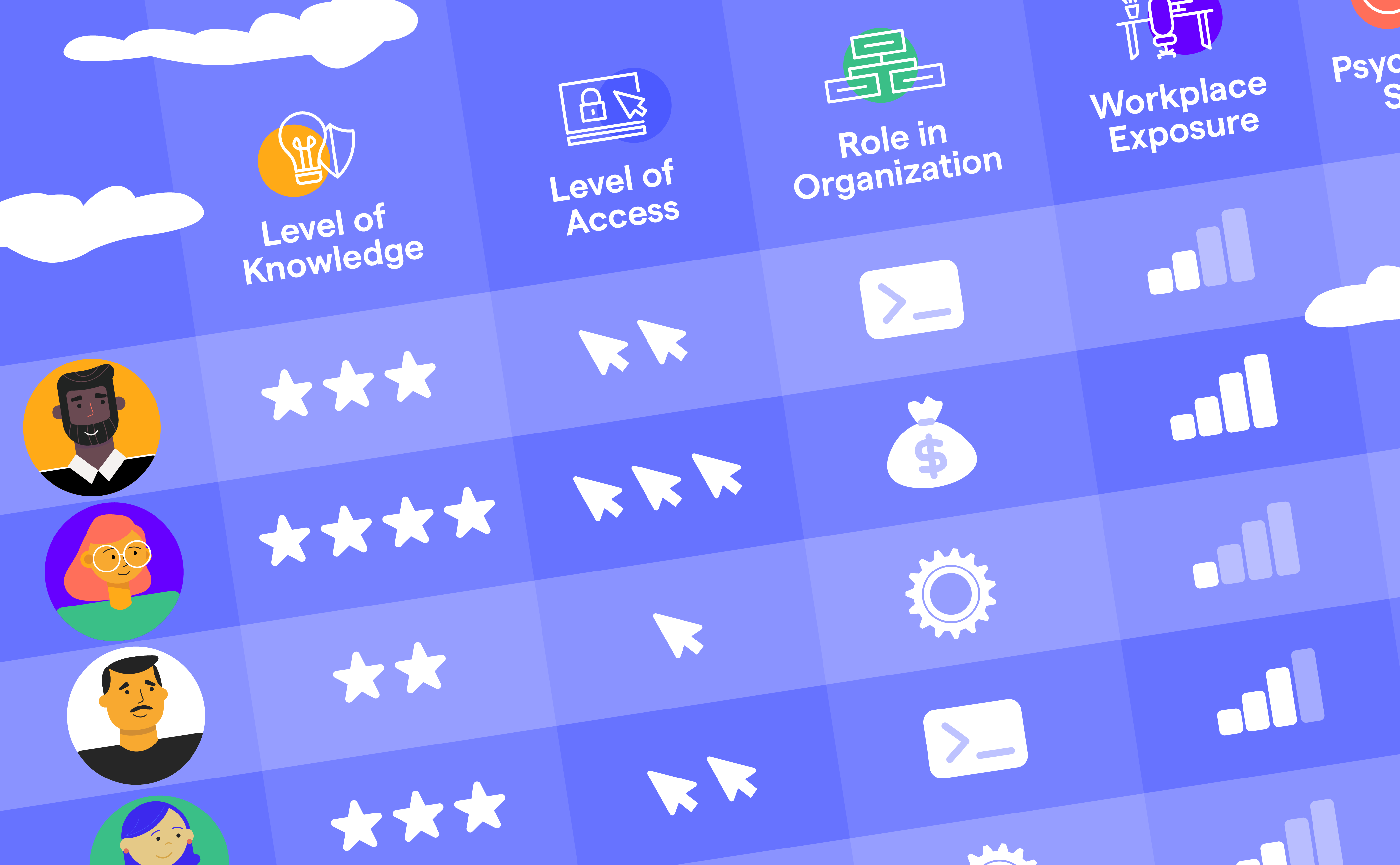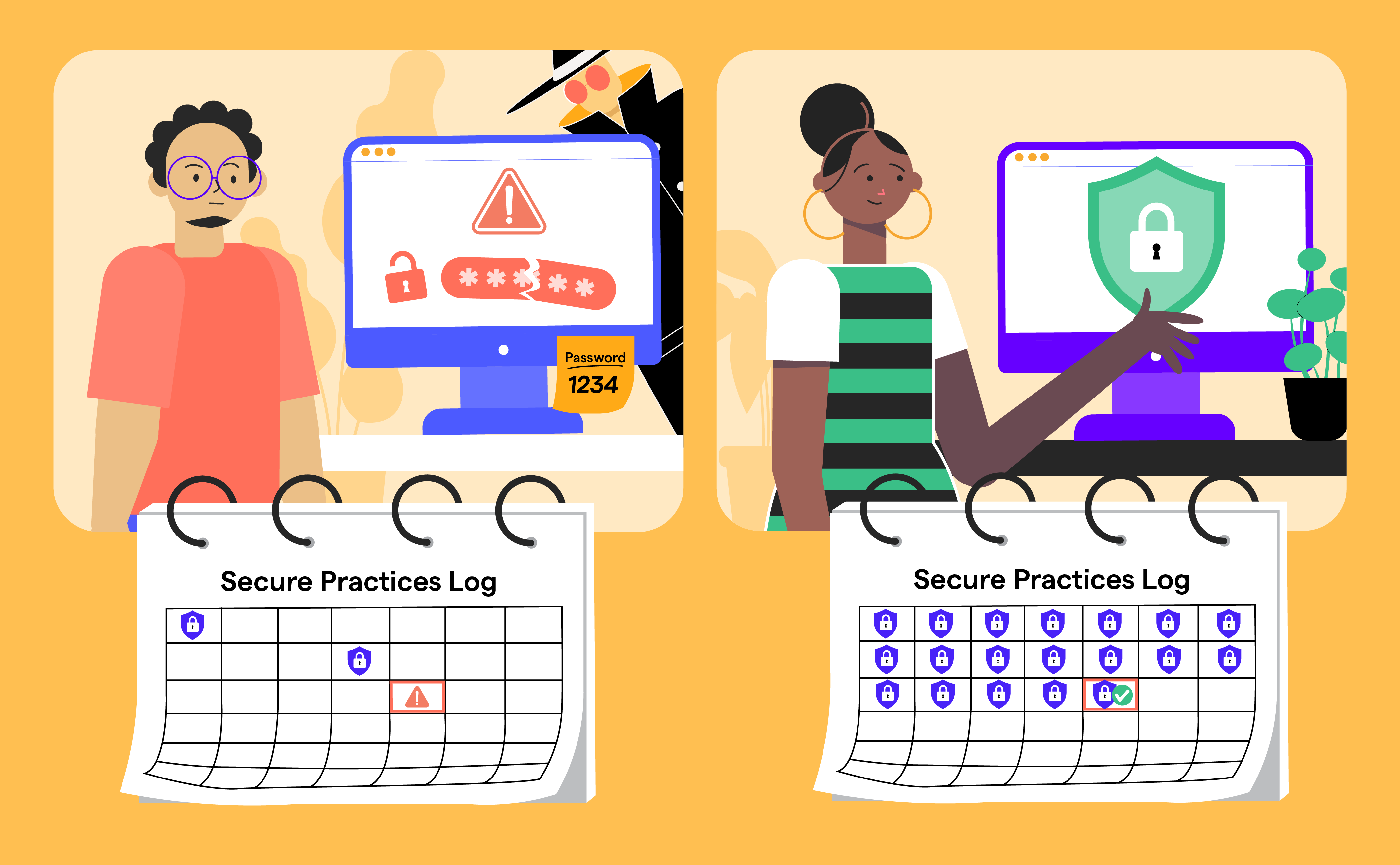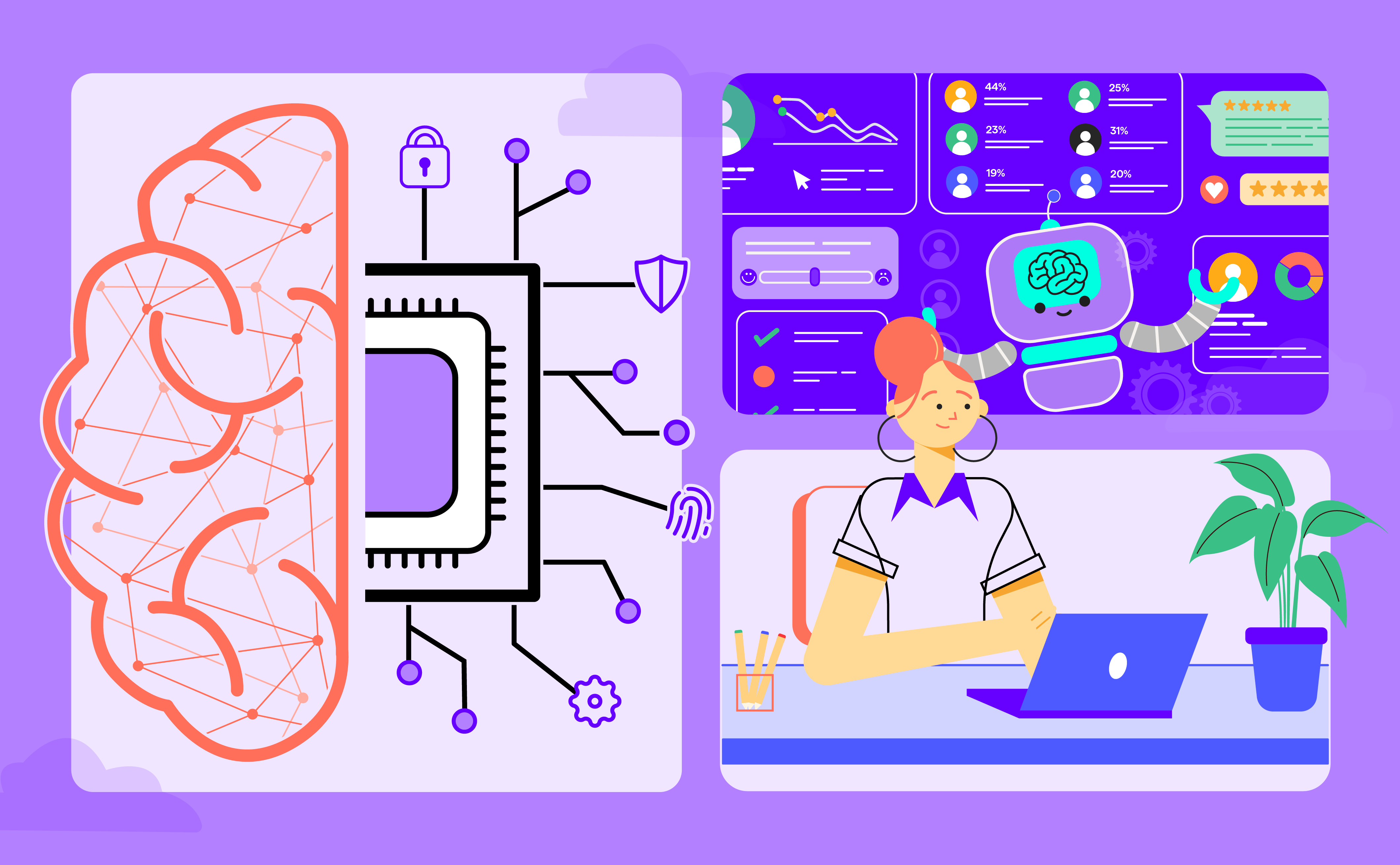
What is Cybersecurity Human Risk Management? What You Need to Know
Sep 23

Discover OutThink's Human Risk Management Platform
When OutThink first introduced Human Risk Management as a concept in late 2019, it wasn’t part of plans or budgets for most cybersecurity leaders. In 2024, major cybersecurity vendors have swallowed up small human risk management players rebranded themselves as Human Risk Management platforms. We have also been seeing some security awareness teams rebrand themselves as Human Risk Management teams.
These developments raise the following questions: what exactly is cybersecurity human risk management and why the significant shift away from legacy security awareness training programs?
For ongoing insights and the latest trends shaping the field- including new research, expert commentary, and platform updates- visit the OutThink Blog, which serves as a hub for thought leadership and community discussion.
Defining Cybersecurity Human Risk Management
Cybersecurity human risk management mitigates and quantifies risks caused by human behavior within organizations. By integrating behavioral analytics, adaptive training, and other advanced cybersecurity tools, this approach addresses the human vulnerabilities that account for a significant proportion of cybersecurity incidents. Upgrading an organization's security awareness training and cybersecurity culture program enhances key user interactions for actual behavior controls and data. Overall, human risk management takes a customized, tailored approach to drive changes towards secure behavior.
For a deeper understanding of current frameworks, methodologies, and the measurable outcomes organizations are achieving, the 2025 Cybersecurity Human Risk Management Report offers comprehensive research and analysis. This annual report, alongside the Annual Insights Report, provides up-to-date statistics, trends, and case studies that help contextualize the evolution of human risk management.
Why is Human Risk Management Essential for Cybersecurity in 2025?
Achieving a high level of human risk management maturity is gaining urgency for several reasons. The level of cybercrime is continuing to increase due to the sophistication of the criminal enterprises and nation states engaged in these activities. At the same time, the attack surface increases with every new technology added by the enterprise. Be it new tools and apps, open source software, new cloud-based architectures, or even new ways of deploying poorly-protected legacy systems. The scale of the Security Team’s task is getting out of hand.
At the same time, the cost of incidents is also growing. This year’s Verizon DBIR found that the cost of ransomware doubled in the last two years. Cyber risk policies are becoming more limited as the impact of cybercrime grows. Security budgets have grown tremendously in the last several years, in some cases even reaching 10% of IT budget. But even with growing budgets, Security Teams can’t keep up, and at an enterprise level this spend is not sustainable.
For practical strategies to address these challenges and implement effective, modern training programs, the Cyber Security Awareness Training: Complete Guide for 2025 provides actionable steps and best practices for organizations ready to evolve beyond legacy approaches.
Human Risk Management as a Scaling Agent for Cybersecurity
This is precisely why cybersecurity human risk management becomes an urgent matter. Leveraging the employee base is the only way to keep up with the expanding scope of the cyber exposure problem. Of course, reducing the number of intrusions caused by humans clicking on links is valuable, but collecting insights from colleagues in the same company can guide tools and processes that help stretch the security budget that much further. In turn, those insights will allow security teams to provide targeted and appropriate security awareness training material that enables 'regular' employees like accountants, executive assistants, and vendor management specialists to assist those security teams in seeking out cybersecurity vulnerabilities.
To see how adaptive, role-based, and AI-powered approaches are transforming security awareness, the Human Risk Management in Security Awareness page details OutThink’s philosophy and outlines how organizations can create a more resilient human firewall.
Main Attributes of Cybersecurity Human Risk Management
Human risk management platforms encompass several core attributes that empower organizations to mitigate risks and improve cybersecurity resilience. These attributes include:
- Human risk quantification – Methodology for scoring the multiple dimensions of riskiness at the individual employee level, then aggregated by department and business unit, and combined into a comprehensive organizational score.
- Psychographic analytics – Measurement of each user's attitudes and intentions towards secure behavior, such as self-efficacy, intent to comply, perceived control friction, and cybersecurity knowledge.
- Behavior analytics – Quantification of past exhibited behaviors of each individual. Prior incidents, such as forgotten passwords, DLP violations, and faulty website visits.
- Integrations to user access points – Systems such as DLP, CASB, web filtering, IAM, email, and productivity tools such as Teams or Slack.
- Adaptive Security Awareness Training – Engaging training content is a core part of a good human risk management platform. It needs to be role-based and use all the above quantification to tailor and target content to each individual. OutThink’s Adaptive Security Awareness Training module provides a deep dive into how personalized learning paths and real-time feedback can drive measurable improvements in secure behavior.
- User feedback collection – A modern Human Risk Management system provides ample opportunity for the user to report misalignment with security policy or explain processes where policy impedes productivity.
- Management console – The toolkit to manage training campaigns and users, synthesize collected feedback, and create analytics reports.
How Cybersecurity Human Risk Management Reduces Breaches
Human risk management focuses on identifying and mitigating risks related to human behavior within organizations, such as those arising from employee actions, leadership decisions, and organizational culture. Some organizations are starting down the path of using human risk scoring as a means for determining access to data or level of urgency for the SOC to consider in incident response.
There are many instances where the human risk score can be used appropriately, or misused by the security team. The best approach is always to position security and HRM as an enabler to the business. Risk scores can be provided to line managers with recommended actions, but final decisions should not be taken unilaterally by the security team. The Human Risk Management data provides context for the business, but should never be used in the abstract.
For a nuanced perspective on the human element in cybersecurity, Why I Refused to Say “People Are the Weakest Link in Cyber” challenges outdated narratives and advocates for empowering employees as part of a resilient security culture.
Transforming Cybersecurity with OutThink’s Human Risk Management Platform
Human risk management is essential for protecting companies against risks like fraud, compliance breaches, and operational failures. Once the key components of HRM are in place, the security team will have a rich dataset to understand human behavior in their organization, feedback on their security policies, and the best path to use HRM and policy for fostering a positive organizational culture. To some extent, modern HRM practice brings security policy from the dusty corners of the company intranet back into live focus.
By integrating cybersecurity human risk management into their overall risk management strategies, businesses can better safeguard their assets and maintain operational resilience. OutThink’s platform is designed to enable organizations to achieve these outcomes efficiently, combining cutting-edge analytics, adaptive training modules, and real-time user insights.
To learn more about cybersecurity human risk management insights, check out OutThink's 2024 Cybersecurity Human Risk Management Report.
For a comprehensive overview of OutThink’s latest features, including AI-native capabilities and platform innovations, visit the OutThink Homepage.
Recent Innovations and Further Reading
OutThink is continually evolving its platform to address the latest threats and user needs:
- CyberIQ Launch: The CyberIQ module introduces gamification and real-time nudges, making secure behaviors second nature for users. This new feature is designed to boost engagement and learning retention across the organization.
- Conversational AI: OutThink’s Conversational AI Security Awareness brings interactive, two-way learning to the platform, providing users with a more engaging and responsive training experience.
- Further Reading:
- It’s Time to Make Peace With Imperfection in Cybersecurity Human Risk Management explores why embracing imperfection is crucial for progress in human-centric security.
- Can Your People Outthink a Deepfake? discusses the emerging threat of deepfakes and the role of adaptive training in preparing employees for new attack vectors.
- Cyber Human Risk Management: User Insights for Security shares direct feedback from users and highlights the importance of listening to employees to improve security outcomes.
Community, Research, and Customer Stories
- Research Labs: For those interested in the latest academic and applied research, OutThink’s Research Labsshowcase ongoing projects, original studies, and collaborations with industry experts.
- Customer Case Studies: See how organizations like yours have implemented human risk management strategies and achieved measurable results in Customer Stories. These real-world examples provide practical insights and inspiration for your own program.


